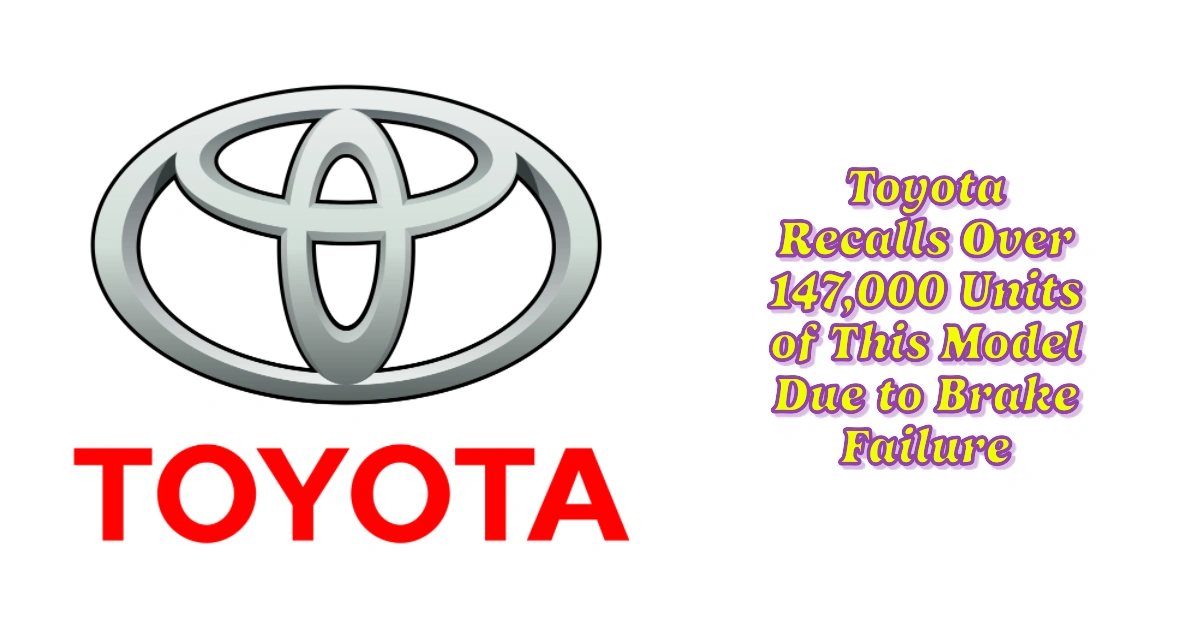Old Age Security (OAS) offers an essential source of retirement income for Canadians aged 65 and older. However, for high-income earners, the decision to apply for OAS isn’t straightforward due to clawbacks and potential financial strategies like deferral. This article explores whether applying for OAS is the right choice if you’re earning a substantial income.
Table of Contents
Deferring OAS: How It Works
The OAS pension can begin as early as age 65, but recipients have the option to defer payments until age 70. For each month of deferral, OAS benefits increase by 0.6%, amounting to 7.2% per year or up to 36% by age 70.
Pros of Deferral:
- Higher Monthly Payments: Delaying OAS ensures higher lifetime benefits, provided you live long enough to offset the years of foregone income.
- Reduced Clawback Risks: High-income earners can delay OAS until their income decreases, potentially avoiding the clawback altogether.
Break-Even Age:
- Deferring OAS to age 66 means the cumulative payments will surpass those starting at age 65 by age 78.
- Delaying to age 70 shifts the break-even age to 81, but the individual benefits from higher payments at an older age.
OAS Clawback for High-Income Earners
The OAS clawback applies to net incomes exceeding $81,761 (2025 threshold). For every dollar earned above this threshold, 15 cents is deducted from OAS payments. Full repayment occurs at incomes of $133,141 or more.
Example:
- If your income is $200,000, your OAS would be fully clawed back, making deferral a better strategy until income levels drop below the threshold.
Key Considerations for High-Income Earners
- Delaying OAS and CPP:
- Postponing CPP and workplace pensions alongside OAS can mitigate tax burdens and maximize retirement income.
- CPP grows at 0.7% monthly (8.4% annually) for each year of deferral beyond age 65.
- Incorporation for Working Seniors:
- High-income seniors who are self-employed or can transition to self-employment may benefit from incorporation. Corporate income is taxed at a lower rate, reducing personal income and possibly preserving OAS benefits.
- Age-Specific Decisions:
- At age 65: Deferral is usually advisable for healthy individuals with high incomes who are still working.
- At age 70+: Applying for OAS is logical, even if clawbacks apply, as further delays won’t increase payments.
Do All Seniors Get the Same Old Age Security (OAS) Payment?
OAS Payment Dates 2025: Increases and Amounts Explained
Smart Ways to Reduce or Avoid the OAS Clawback
How Much does a Surviving Spouse Get from OAS?
What is the Maximum Income You Can Earn While Receiving OAS?
Additional Benefits of OAS Deferral
- Clawback Threshold Increase: Higher OAS payments extend the clawback zone. For example, delaying OAS to age 70 increases the clawback threshold significantly due to the 36% benefit boost.
- Inflation Adjustments: Deferred OAS benefits are indexed to inflation, leading to higher absolute increases.
- Bonus at Age 75: A 10% boost to OAS payments at age 75 is calculated on deferred amounts, providing a larger financial advantage.
When to Apply for OAS Despite High Income
For those aged 70 or older, deferral is no longer an option. If OAS is fully clawed back due to high income, applying ensures you are positioned to receive additional one-time payments or other benefits targeted at OAS recipients.
High-income earners must carefully evaluate the timing of their OAS application. Deferral is often advantageous for those with substantial income, reducing clawback impacts and maximizing benefits over the long term. Consulting with a financial planner can help tailor strategies to your unique financial situation, ensuring you make the most of your OAS benefits.








